Find and neutralize: the fight against drones is gaining momentum. Part of 2
Find and neutralize: Fighting drones is gaining momentum. Part of 1
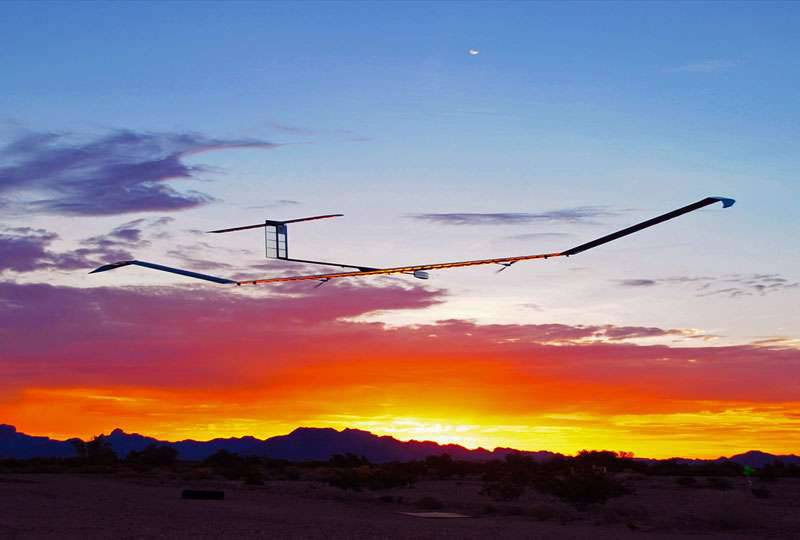
The Zephyr solar powered drone was created by Airbus DS. May stay in the air for months
It is clear that a great deal of concern in ensuring national security or countering the threats arising on the battlefield is the proliferation of an increasing number of small-sized UAVs that can be easily and cheaply acquired, which are easy to handle and provide even rudimentary, but still shock and intelligence capabilities. Of course, these threats can be countered through the use of new technologies or the refinement of existing ones, but increasingly complex UAVs and the principles of their combat use are looming on the horizon and, most likely, in the future they will become a real headache for defensive systems.
Indeed, even already existing larger UAVs, ranging from tactical systems employed at the brigade level, for example, Shadow from Textron Systems, medium-altitude platforms with a long duration of flight category MALE, for example, MQ-9 Reaper from General Atomics Aeronautical Systems and ending with high-altitude platforms with long duration HALE categories, such as Northrop Grumman's RQ-4 Global Hawk, can cause problems with anti-aircraft systems.
Despite the fact that the flight characteristics of these drones - speed and maneuverability - do not allow them to definitely avoid defensive measures, many of them have relatively weak radar and thermal signs of visibility, and in the case of HALE category platforms, they are able to work at the maximum ranges of many radars and missile systems. However, more importantly, the functionality and efficiency of the onboard load that these systems can carry is increasing more and more, which allows them to perform, in particular, their reconnaissance missions at distances and altitudes beyond the reach of air defense weapons, both in terms of detection and destruction .
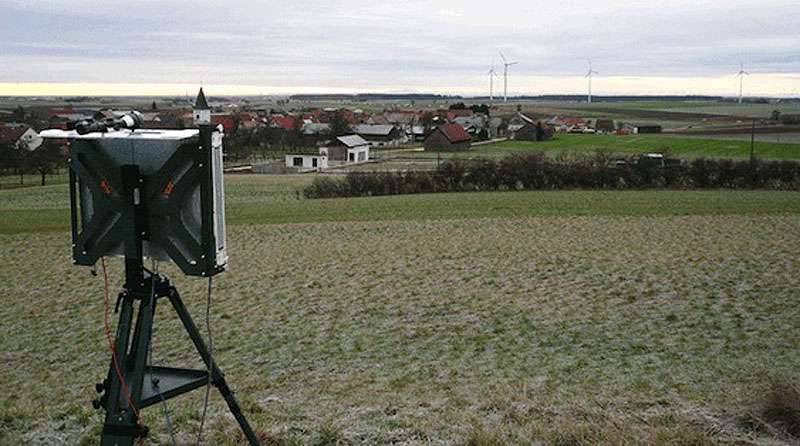
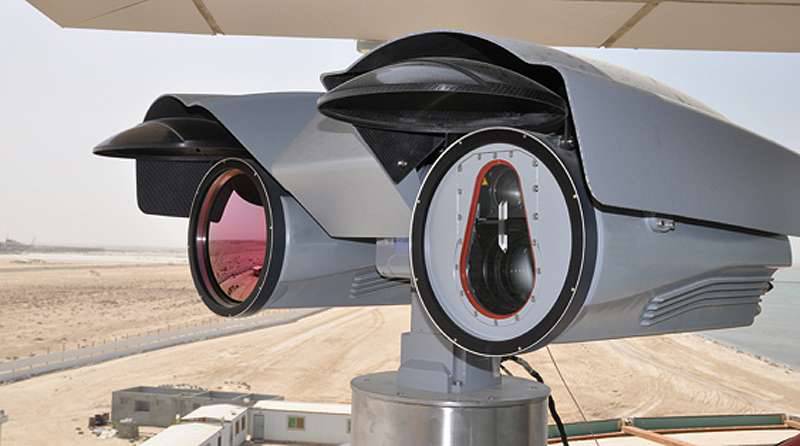
The SPEXER 500 radar (above) and the Z: NightOwl infrared camera, developed by Airbus DS, are designed to combat drones
Impact unmanned aerial vehicles (UBLA) can create significant problems for air defense systems and if they are treated the same way as manned vehicles of the newest and next generation, it may well be that they are harder to detect and destroy - their design does not provide for pilots This allows you to reduce the size of the platforms and increase their maneuverability.
New perspective ultra-HALE drones bring even more problems. Created by Airbus DS, the Zephyr drone, powered by solar batteries, has a flight duration of months and can fly at altitudes more than 21 kilometers. Despite its wingspan of the 23 meter, the apparatus, made of composite materials, has a small effective reflection area (EPO), because its solar propulsion unit has a weak thermal signature and therefore is difficult to detect.
Some armed forces recognize that many anti-aircraft systems are capable of effectively detecting, accompanying and attacking the BLAs of the current generation, and therefore are looking for ways to defeat such systems through the ingenious principles of combat use of multiple sets of the same type at the same time.
For example, the so-called "swarming" (eng. Swarming term) systems, when a large number of UAVs work together to achieve their goal, can create big problems for the vast majority of defensive systems.
From the very beginning, this mass attack approach drones, was based on the fact that when achieving the goals of a combat mission, many platforms would be sacrificed.
In the framework of the LOCUST program (Low-Cost UAV Swarming Technology - an inexpensive UAV swarming technology) of the United States Office of Naval Research (Office of Naval Research), the United States Office of Naval Research is developing a technology for working with many UAVs. A container launcher with tubular guides will launch small drones from ships, combat vehicles, manned vehicles, or other uninhabited platforms in quick succession. After launching a “swarm” (or if you want a “pack”), the UAV works independently, the drones exchange information with each other in order to accomplish the task.
Video demonstration project LOCUST. Agreed flight of nine drones
Currently ONR is using the Coyote UAV as a test model. This unit has folding wings, which simplifies storage and transportation. At the beginning of 2015, demonstration flights were conducted at several test sites, during which launches of the apparatus equipped with various payloads were made. During another demonstration of this technology, nine UAVs performed synchronization on their own and made a group flight.
A key feature of the LOCUST project is a high level of autonomy of the pack, which allows you to perform tasks without operator intervention and thus counteract any jamming of communications equipment that can be used against them.
In addition, according to ONR, the swarm will be able to “self-heal”, that is, independently adapt and configure to further the task. The current goal of the program is to launch 30 BLAH sequentially in 30 seconds. ONR management intends to conduct sea trials of the LOCUST flock in the Gulf of Mexico in the middle of 2016.
In August, the 2015 Department of Defense United States Department of Defense DARPA also launched its “Gremlins” program. This project provides for the deployment of small UAV groups from large aircraft, such as bombers or transport aircraft, as well as from fighter jets and other small aircraft, even before entering the zone of reach of enemy air defense systems.
The Gremlins program is being developed by the Department of Advanced Research and Development of the US Department of Defense DARPA
This program provides that after the completion of the task, the C-130 transport aircraft in the air could take the so-called “Gremlins” back to the plane. It is planned that ground groups will be able to prepare them for the next operation within 24 hours after returning.
DARPA basically solves technical problems related to the safe and secure air launch and the return of many UAVs.
In addition, the program is aimed at obtaining not only new operational capabilities and the development of a new type of air operations, but also in the long term and at obtaining a significant economic effect. According to a representative from the Office, the goal of the program is also “to increase the life of Gremlin drones to about 20 departures”.
The AUDS system of Blighter Surveillance Systems uses a ground surveillance radar with an optical electronic station and an electronic silencer.
Additional features
Returning to Airbus DS, we note that its UBLA development roadmap includes improving the accuracy of systems and introducing new features, for example, “features like friend-foe”, which can be useful to reduce the frequency of false alarms and is attractive to operators using the system difficult airspace. The company is also considering the use of less advanced systems in order to reduce costs and expand the potential customer base, although in this case, the accuracy of the platforms is likely to decrease.
RADA Electronic Industries has focused its efforts in the field of UBLA on the development of a programmable solution based on existing radars.
“We have designed a radar that can detect very small objects, starting at very low speeds, Doppler speeds, and up to high-speed targets flying at a speed of sound higher. This radar can detect people, cars, UAVs, fighters, rockets, it depends on the radio frequency regime that you have installed, ”said Dhabi Sella, business development manager of this company. - In the case of our multitasking programmable radar, this means that you simply press a button and there is no need to change the software. By setting the appropriate parameters, you get what you need. "
RADA semiconductor AFAR radars are designed for stationary and mobile applications. The company offers two families: compact hemispherical radars CHR (Compact Hemispheric Radar) for short-range detection and installation on vehicles and multitasking hemispherical radars MHR (Multi-mission Hemispheric Radar) for stationary installation.
RADA Electronic Industries MHR Radar Family
The company also upgraded the MHR family, which includes the RPS-42, RPS-72 and RPS-82 radars, also known as pMHR (portable - portable), eMHR (enhanced - enhanced) and ieMHR (improved enhanced). According to the company, the most advanced radar ieMHR is able to detect mini-UAVs at a distance of 20 km.
Sella said that the detection and tracking of UAVs is not easy. "This is not straightforward ... detect mortar, small weapon or RPGs and may even be more difficult, but we dealt with this. The opposition of the UAV is within the capabilities of these radar systems. In any case, UAVs are specific targets with unique characteristics, which we denote by the English abbreviation LSS (low, small, and slow - low, small, slow). This is a problem - to identify very small objects with very small EPO, flying very low and close to the background noise of the earth's surface. Sometimes they fly as fast as other vehicles move, such as cars. It is a difficult task to detect them among all the hindrances. Another problem is that they fly like birds, they are perceived as birds and the user, as a rule, wants to distinguish what we call annoying targets. "
Sella explained that one of the methods for determining whether a track is a drone is to focus the radar energy to determine if the target has propellers, adding that in addition to hardware, signal processing and algorithm development are key to the systems capabilities.
SRC from the US city of Syracuse combines a number of proven electronic warfare systems in its combined basic approach to provide the ability to combat drones for both zone protection and maneuverable combat operations. Although the latter are now often regarded as a secondary task for UAV control systems, their importance is steadily increasing.
“Small-sized UAVs will have the ability to perform information gathering or the role of air bombs,” said David Bessi, business development director at SRC. “The enemy UAVs that are not defined by the air defense system may affect the combat operation, or they will provide the enemy with information on your positions, or will launch an air strike on your infrastructure or maneuvering forces.”
“Our approach uses existing, proven technologies and software that integrates them into a single basic system. The advantage of this approach is that we can use our customer’s systems that are already in use in order to lower the total cost of ownership. We provide field-tested radio-electronic warfare systems and radars, and soon we will be able to offer a direction-finding station that complements them, ”said Bessi.
“We believe that EW systems are essential to combat UAVs. Our EW systems can detect, track and classify unmanned systems, and then automatically neutralize them. If visual identification is necessary in order to determine the belonging of the target, then a camera can be transferred to it. We can further enhance detection, tracking, and classification by using our radar of the LSTAR airspace survey. It is also recommended to add high-resolution opto-electronic sensors for visual identification at long ranges. ”
The radar of the LSTAR airspace review performs quite real security tasks. In the photo above, the radar guards the peace of the G8 summit, which was held in the summer of 2013 in Ireland
Lightweight and easy to transport, the SR Hawk Surveillance Radar, part of the LSTAR family of aerial surveillance radars, all of which have 3-D electronic scanning on 360 °, provides both scanning on 360 ° and on sectors. The OWL multitasking radar differs in the function of the hemispherical zone from -20 ° to 90 ° in elevation and 360 ° in azimuth. It has a non-rotating electronically controlled beam antenna and an enhanced Doppler signal processing mode, which allows the detection and tracking of UAVs and at the same time counter-battery fighting.
In addition to solutions based on radar and optical electronic technologies, systems based on other principles are also being developed. The Northrop Grumman company began to apply the Lightweight Laser Designator Rangefinder (LLDR) laser range finder laser pointer technology to combat the UAV in its Venom system.
The company tested the Venom system as a “fighter” with drones at the MFIX (Maneuver-Fires Integrated Experiment) US Army exercise held at Fort Silla in 2015 year. The Venom system was installed on an MRAP M-ATV armored car and successfully carried out the identification, tracking, and targeting of the UAV.
The Venom system with LLDR technology is installed on a universal, gyro-stabilized platform. During the test, Venom was tested in the role of a UAV control system from two vehicles. The system received external target designation commands, captured targets and tracked small-sized low-flying drones. The operation of the Venom system in motion with the control of sensors from inside the car was also demonstrated.
It is worth noting that the LLDR2 laser designator was widely used in operations in Iraq and Afghanistan.
Visual detection
In order to meet the requirements of the Israeli Ministry of Defense, the Israeli company Controp Precision Technologies has developed a system for detecting UAVs, based solely on optical-electronic and infrared technology.
This company's Tornado lightweight fast-scanning infrared device uses a cooled medium-wave thermal imager (matrix characteristics are not disclosed) mounted on a turntable on 360 °. The system can provide panoramic coverage from ground level to 18 ° above the horizon.
In order to identify potential targets, the software algorithms of the system determine the slightest changes in the situation. According to the company, they allow you to automatically track any flying device along its trajectory, flying at various speeds just a few meters above the ground. The system has a continuous zoom for a clear image and can provide a track for each target.
According to Controp, Tornado can observe over built-up areas with a multitude of interfering echoes, although they do not reveal detailed information on the characteristics, except that small-sized UAVs can be detected at distances measured in hundreds of meters, while large targets are detected tens of kilometers.
Using audio and video signals, the system is able to automatically notify the operator that a flying object entered a predetermined “unmanned” zone. The system can be controlled on-site or remotely from the command center; it can work both offline and as an integrated system that receives data from other sensors.
Israeli company Controp Precision Technologies has given the drone detection system the designation Tornado.
The standard Tornado sensor unit weighs 16 kg, its diameter is 30 cm and height 48 cm; although it is also planned to develop a smaller block with dimensions 26x47 cm and weight 11 kg.
The inclusion of visual detection and tracking functions in the system, as well as the possibility of connecting it to some UAV control systems, are being considered. “Our Tornado system allows us to detect UAVs only using an infrared camera. without using any radio frequency systems. The main advantage of Tornado compared to radio frequency systems is that radar will work well in areas that do not have interference, but when you are in a zone with buildings and other infrastructure, the radar will have problems with detecting small-sized UAVs. Our system consists of two main components, the first is an infrared camera that scans 360 ° and provides a panoramic image, the second component is algorithms that detect small targets when they are in motion, - explained the vice president of marketing at the company Controp Johnny Carney. “The development of the algorithm is difficult because you want to detect a moving target, but exclude, for example, clouds and other moving objects.”
A typical Tornado operator display showing a panoramic IR image (above), a snapshot from a panoramic IR camera (bottom left) and a satellite image of the corresponding ground zone (bottom right)
"Tornado is a system for detection, and if you want to track the system and get data on location and range, then you need to switch to another system to do some of the work ... and if you want to track the target and see more details, then you use another optoelectronic system to produce a continuous video stream, ”explained Carney.
However, the big drawback of the system is that it cannot distinguish, for example, drone-sized birds from real targets, an operator is needed for this.
Carney believes that some effective solutions have been developed that could provide all the aspects of detection and tracking that potential customers need, while adding that there are extremes in the requirements for systems. Starting from private individuals who want to receive warning signals about UAVs flying over their property, and ending with the protection of national infrastructure and facilities on the battlefield. “For example, some military men want to get systems that could prevent UAVs flying over their combat vehicles. There are different ways to meet the requirements, and much depends on the financial resources that you can spend, and this is one of many problems. Of course, if you want better protection, you must use a combination of a radar and an infrared system to detect, and an infrared and semiconductor camera (CCD camera) as a tracking system. "
Carney believes that there is the possibility of including analytics, which could automatically determine the type of target, but added that you can never get 100% accuracy, because there is always a chance to “run into” a drone that looks like a bird, and therefore helps operators will always need advanced complex recognition algorithms.
CACI's SkyTracker system is designed to provide passive detection due to what the company describes as an “electronic perimeter”. This system can operate continuously in any weather.
SkyTracker System Interface
The SkyTracker system uses several sensors that can detect, identify and track UAVs through their radio control channels. Using a variety of sensors allows you to determine the position of the UAV due to the method of triangulation and accurate geolocation. In addition, SkyTracker can determine the location of UAV operators.
As already noted, the small size, weak heat signature, the surrounding space with a lot of interference and complex flight paths make the fight against BLAHs a very difficult task.
The Venom system using LLDR technology is installed on a universal gyro-stabilized platform.
To this we must add a possible concept of combat use. “The problem with small UAVs is that they can take off and land in the zone you want to protect. For example, from the point of view of combat operations, you should always protect the front - you do not want the enemy vehicle, which is not over your head, to fly over to your territory. And if we talk about ensuring national security, in this case small UAVs can already be in the zone that you want to protect, ”said Carney.
While the emphasis in the fight against UAVs is placed on combating the threat of individual UAVs, sophisticated “pack” attacks, developed by the military, can potentially bring considerable complexity to defense systems.
Many of the proposed solutions provide for the ability to detect and track multiple targets. But the main difficulty, most likely, will be to prevent dozens of drones from reaching their target. Even with a sufficient number of neutralizing elements, the defense can be “broken through” simply at the expense of superior numbers, especially if the pack is “smart” and can adapt to the response of the defensive systems.
The physical nature of the proposed and developed solutions will also likely play a significant role in determining their effectiveness. Due to the high maneuverability of threats, due to the fact that they are not tied to certain places (even tactical level UAVs can work with minimal infrastructure), defensive systems must equally be mobile and this should be taken into account. For example, large systems such as Saab radar stations from Saab can be installed on vehicles to increase mobility. In general, many of the developed integrated solutions were originally designed to be transported, configured and assembled with a minimum number of personnel.
“The key feature of our AUDS system is that it is quickly deployed and simply rolled up and redeployed without problems, that is, you put it on the machine and quickly move it to another position. Not one part of it weighs more than 2,5 kg, ”said Redford.
Relatively small distances between the launch of the drone and the place of its neutralization are also taken into account. "We assumed a few years ago when we began developing our system that neutralizing these highly mobile threats could be carried out by highly maneuverable and mobile means ... distances are close and any destruction will occur at most a few kilometers, sometimes a few hundred meters, and therefore you don’t need costly, large and stabilized. I think this is a negative factor in a war of this kind, ”said Sella from RADA Electronic Industries.
Conclusions
The threat posed by UAVs involving terrorist groups and other illegal organizations is now widely recognized. Civilian and military targets can be attacked by drones, it can be an attack against infrastructure or the delivery of poisonous substances or a simple “primitive strike”.
On the battlefield, the armed forces may no longer rely on the fact that they are the only operators of UAVs, as more and more highly effective systems appear in rebel groups and other militarized organizations.
In both areas - national security and battle formations - effective measures to combat UAVs are currently considered as an integral part of the overall strategy. Their implementation is still at the stage of awareness and understanding. The simplest and most reliable solution (at least for the near future) is to use and modify systems developed for other purposes. However, in the long term, as threats become more complex, it may be necessary to further develop special technologies for dealing with drones.
Materials used:
www.lockheedmartin.com
www.airbusdefenceandspace.com
www.iai.co.il
www.saab.com
www.blighter.com
www.onr.navy.mil
www.darpa.mil
www.rafael.co.il
www.textron.com
www.controp.com
www.caci.com
www.wikipedia.org
en.wikipedia.org
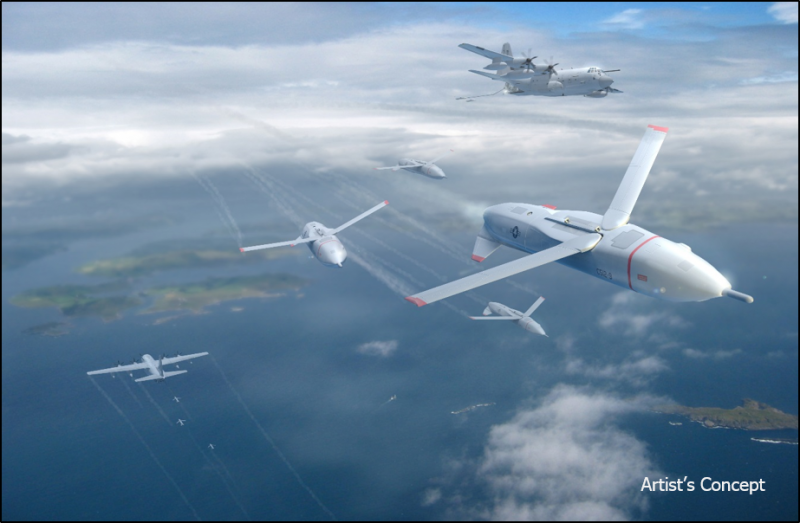
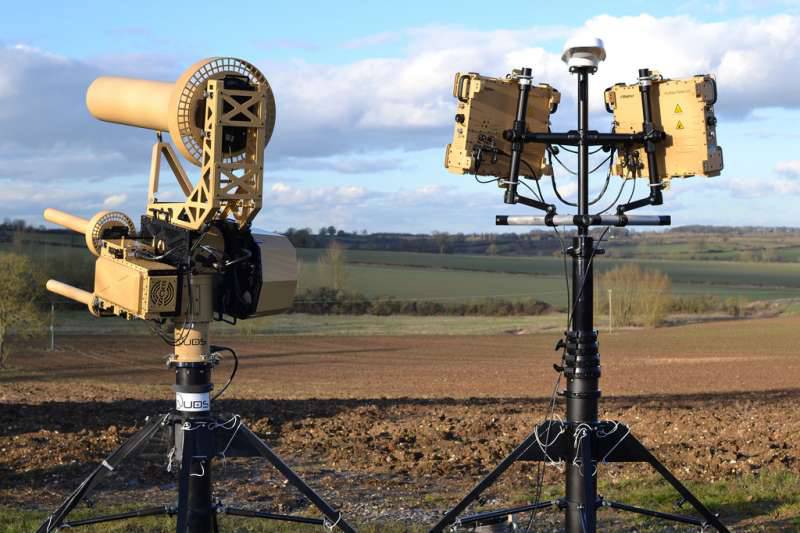
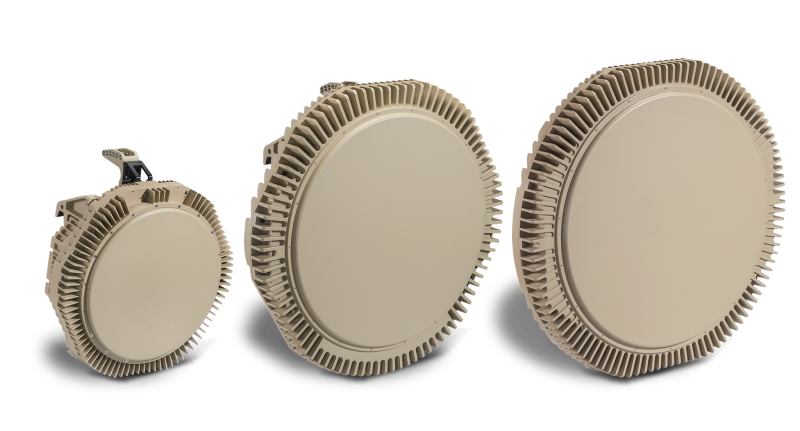

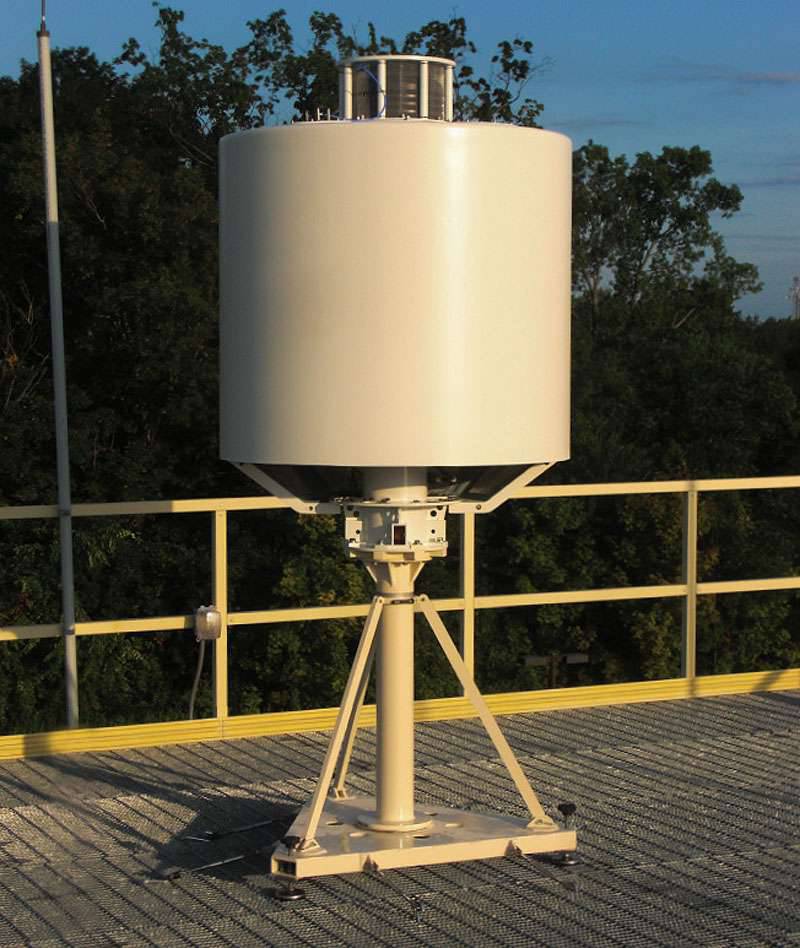
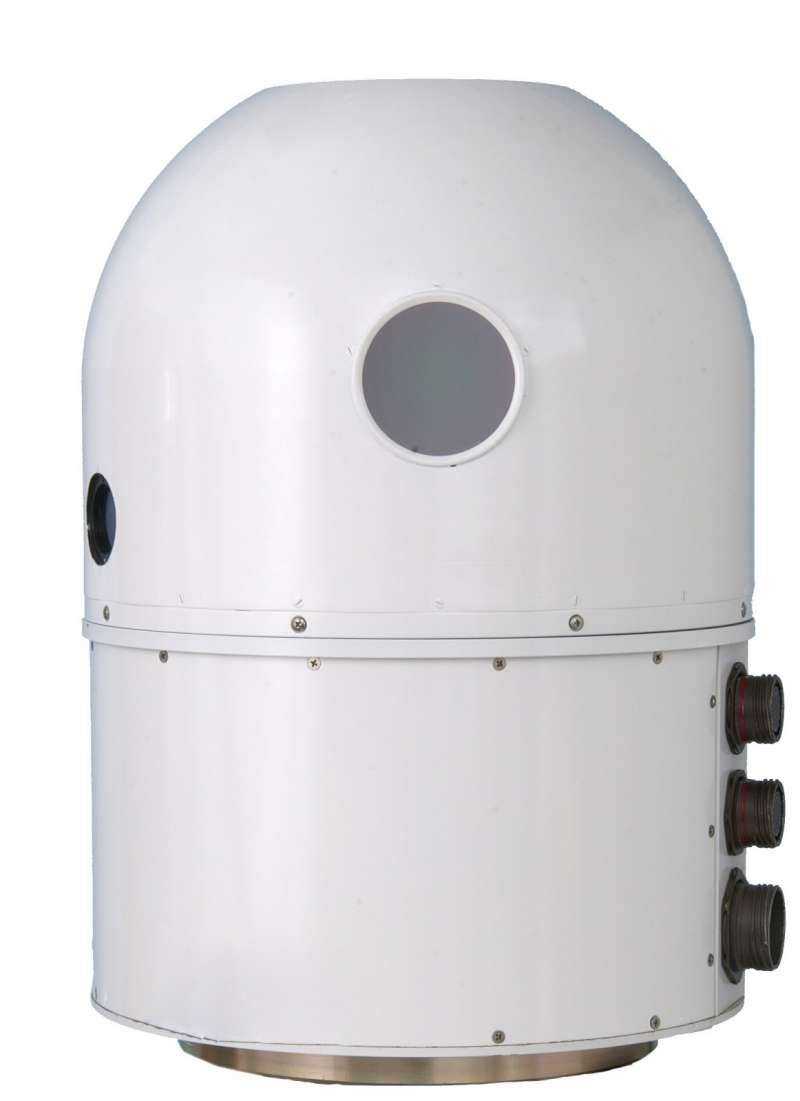
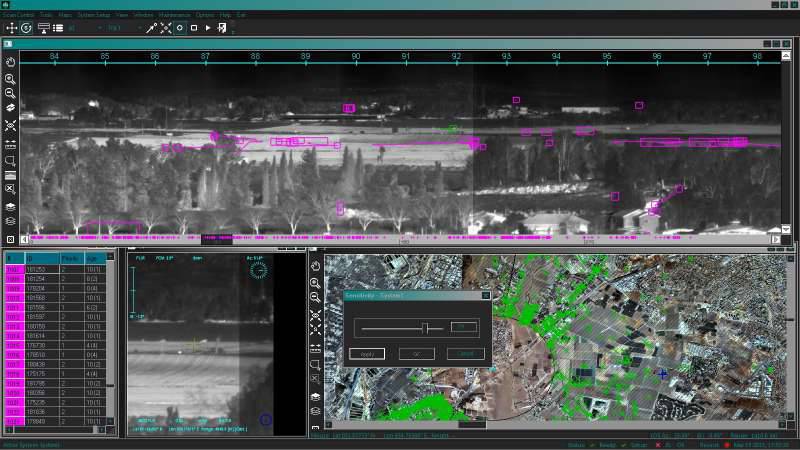
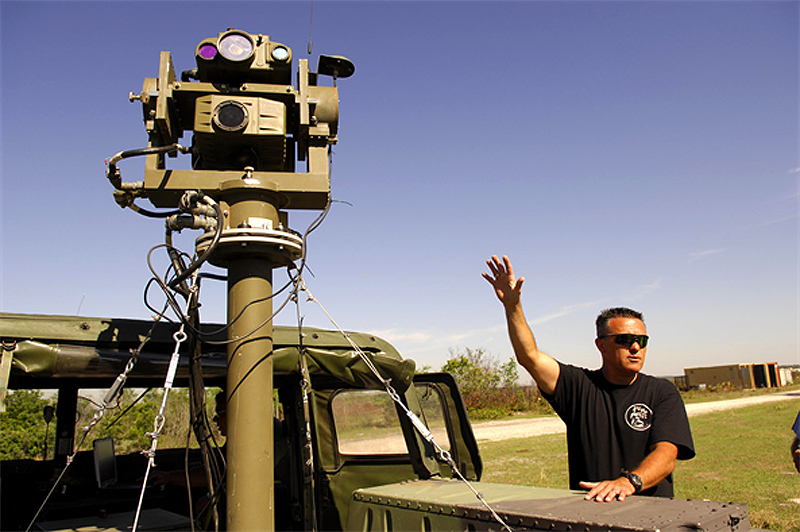
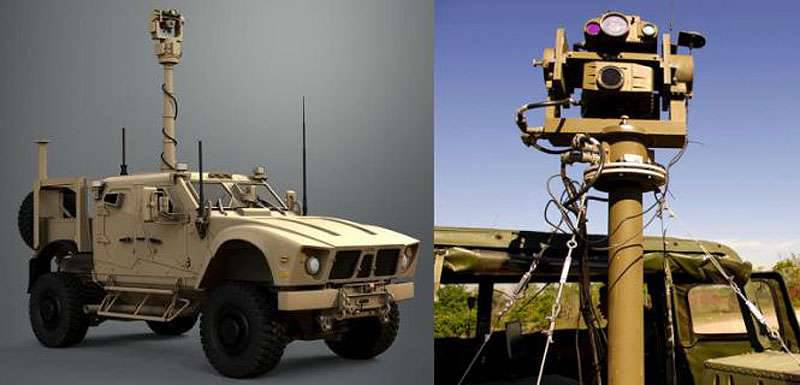
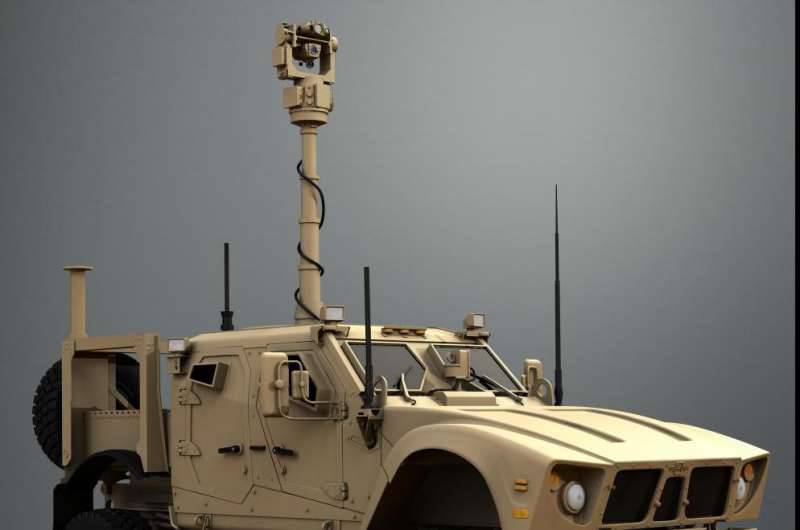
Information